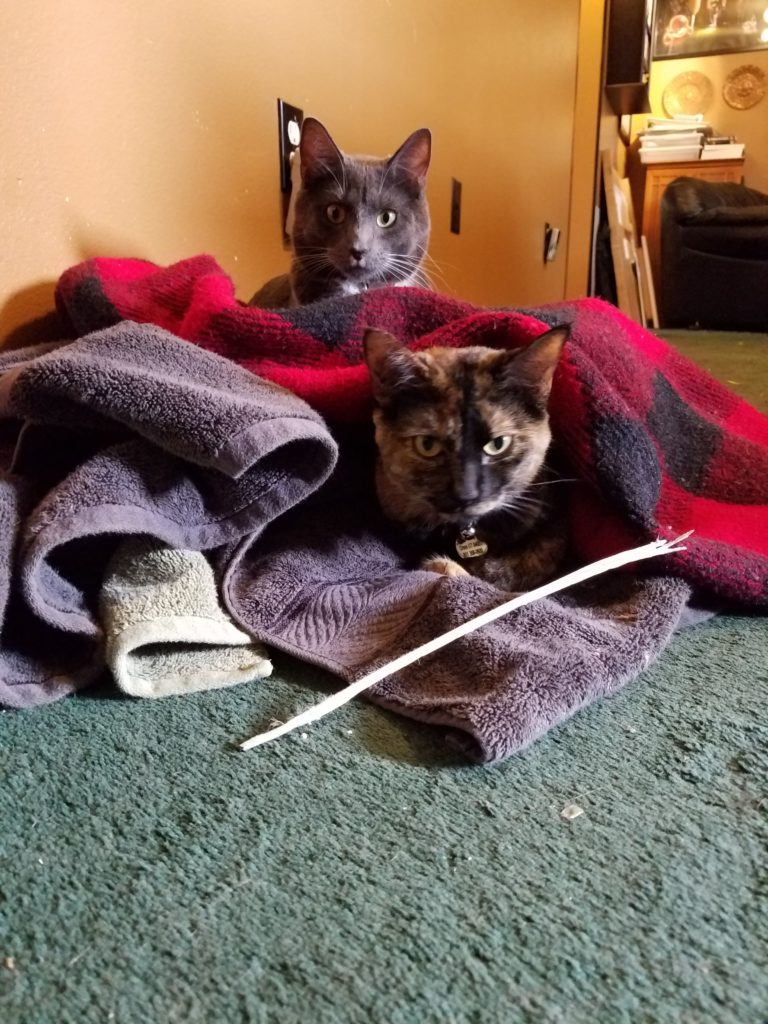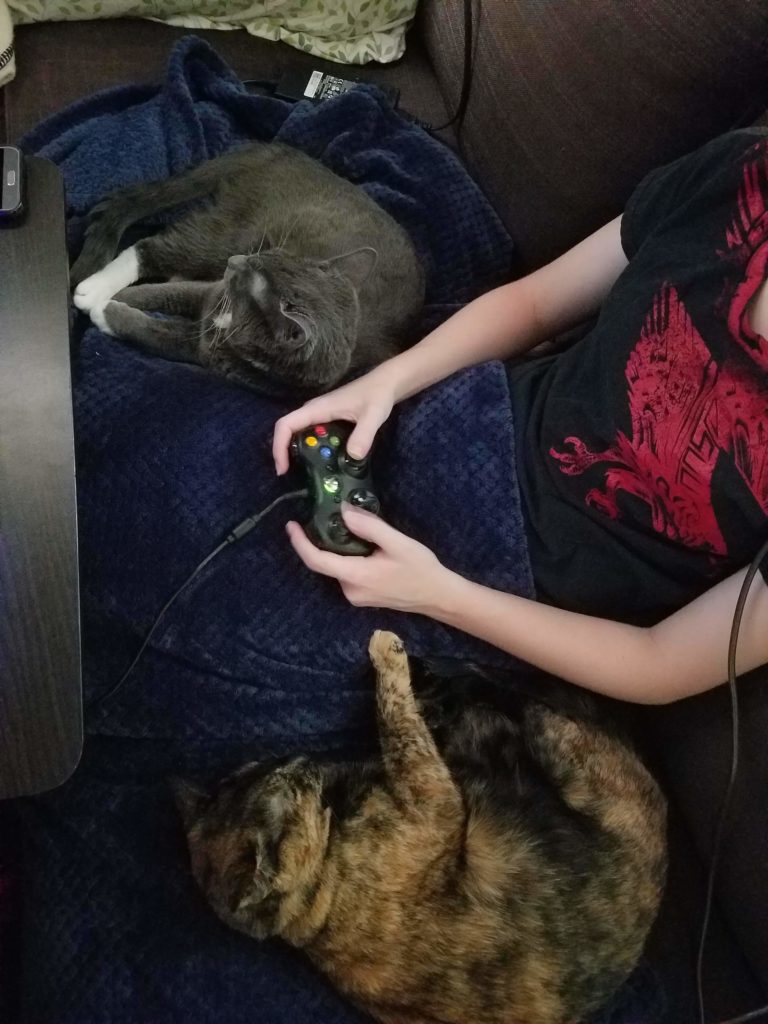At the End of the Trip
10/1/2018
When I got to the hotel room, after the long winding lines to debark the ship, after the last hugs to friends, after the week of beautiful sights and new thoughts to think, after all that, I crawled into the hotel bed for a nap. While adjusting the covers, they flipped over my head and I realized how comforting it was to be completely enclosed in a soft, dark cave. So I slept. Cocooning to recover from massive over stimulation of cruise/conference week.
I keep cocooning every time I lay down. I’ll lay there and flashes of memory come and go. Sometimes they are linked to a task I should probably do in the days to come: a person I should reach out to, a request to fulfill, a thought for improving next year. Other times the flash comes with a stab of adrenaline as for a moment I remember a moment that suddenly feels like I made a grievous error in something I said or did. I do my best to let those anxieties pass through me and not dwell on them. Most of them are my brain lying to me. The thoughts and memories are fleeting, they vanish unless I work to retain them. Even when I do work, my odds are poor unless I immediately write them down.
It does not help that I discovered that I had somehow scheduled my ride to the airport for tomorrow’s flight so that they planned to pick me up in July of 2019. Now I’m triple checking everything to make sure I actually get to go home tomorrow.
Yet. My head is full of images that are beautiful, faces whose existence makes me happy. I remember sitting to the side of the R Bar on board the ship and watching as 30-40 writers mixed and mingled, laughing and talking together. That was the best part, with our efforts to build the conference we worked to build a space where community could form but it depended on others to fill up that space and connect with each other. And the attendees did. They flowed into the space, they reached out to each other. They solved each other’s problems. They made friends. They formed sub groups. They took a raw framework of schedule and classes, then turned it into something beautiful and lasting.
10/2/2018
The travel day, filled with brief periods of activity and long periods of waiting for either departure or arrival. Once at home, the beginning of an orientation process.
Tweet: I have succeeded at task: make suitcase empty. Now contents are strewn across every flat surface in house and I’m out of brain for remembering where things belong. It is possible I didn’t fully think this plan through.
10/3/2018
Tweet: I’m trying to remember how to Normal Schedule, but I keep accidentally napping instead. #wxr18 #recoveryday
10/4/2018
First day I feel like I’m close to my regular capacity for thought, decision making and planning. I finally catch up on shipping, accounting, and email.
10/5/2018
Morning, the teens are off to school with instructions to acquire and make up the work that they let slide while I was gone for two weeks. I stood over my fifteen year old and talked to him about the work he’s been avoiding, saying the words “remember how unpleasant this scolding is, so the next time you want to avoid school work, avoid being scolded instead.” I’m trying to teach him to herd and harness his natural-born avoidance as an important life skill.
The house is quiet. I have a task list, and a general sense of urgency for getting things done. We need to enter the next release cycle. It is time to launch another Kickstarter with all the work that entails. Working for ourselves, we can theoretically set our own deadlines, but the fact of the matter is that accounting dictates the deadlines. We have to launch a release before we run out of money to pay bills. It is time for a release, particularly when our two vehicles have both needed repairs in excess of a thousand dollars this past month.
I close my eyes and I can still visualize the view of ocean from my balcony. I remember the hot humid air. The further I get from the cruise, the harder it will be to recall these things. Day by day I move further from the experiences I had, until some point next year when I stop measuring departure and start measuring approach to the next one. That next one is already scheduled. People on the ship were able to re-book on site. Registration will be open sometime in the next few weeks. I get to have, not this trip, but another one like it.
Until then, I seek to catch elements of purpose and incorporate them into my daily patterns. I use the internet to thread connections, social media to create contact, attempting to maintain a virtual proximity to the new acquaintances and the familiar ones.
I want to linger, to stay with the memories, write up all the thoughts, but already they begin to slip away from me. In their place, I think of home schooling assignments, finalization of book files, and a myriad of home maintenance tasks. I have to let go and move forward. I have to fully immerse myself in the portions of my life that make up the vast majority of my year. And I need to put in the work to make sure that this “vast majority” is as joyful, peaceful, and productive as I can make it be.
At the End of the Trip Read More »

